Situated 300 miles north of Vancouver, British Columbia and accessible by a plane chartered through a resort, Rivers Inlet stands out as one of the premier destinations for salmon fishing enthusiasts in the province. It proudly shares the limelight with Hakai Pass and Langara Island as the top three salmon fishing havens. For those who seek serene and protected waters for their trophy fishing expeditions, Rivers Inlet is a true angler's paradise. This 18-mile-long inlet, reminiscent of a fjord, witnesses more catches of 50 to 60-pound chinook salmon during the summer season than any other fishery in British Columbia.
-
During the winter months, Rivers Inlet's remote location takes center stage. Lodges close their doors after the summer season, and strong outflow winds discourage winter fishing in the area. This is unfortunate, as the untouched wilderness here is teeming with winter feeder chinook.
-
The remoteness of Rivers Inlet plays a crucial role in shaping the summer fishing experience. Thanks to the presence of numerous watersheds for salmon spawning, local lodges established their own chinook hatchery at Shotbolt Bay a decade ago. This has led to consistently increasing returns of massive tyee salmon. A unique benefit for fishing clients is the opportunity to tap into this growing abundance. Pristine lakes like Sandell further add to the allure by offering trophy trout, some weighing up to 11 pounds.
-
Rivers Inlet is home to all five species of salmon: chinook, coho, sockeye, chum, and pink salmon. These migratory fish mature during the summer and fall months, homing in on the inlet's watersheds for their spawning ritual.
-
Sportfishing predominantly targets two local stocks of chinook salmon: the Kilbella and Chuckwalla chinook, arriving in early June, with peak catches toward the end of the month, followed by the more numerous and larger Wannock River stock. A second influx of chinook occurs in late July, with peak catches happening in mid-August. Most of the later fish head for the Wannock River, while some spawn in the Neechanz River and Owikeno Lake tributaries.
-
The inlet also sees substantial catches of coho salmon, present from July to September. These larger-than-average fish, often exceeding 20 pounds, appear in such abundance that 20 to 30 fish days are common in August.
-
Feisty pink salmon, ranging from 4 to 7 pounds, reach their peak numbers between July 7th and August 7th, destined for various local rivers, including Kilbella, Chuckwalla, Wannock, Moses Inlet, and Johnson Creek.
-
Chum salmon are less frequently caught as they migrate towards Smith Inlet.
-
As all fishing gear is transported by plane, local resorts provide cutplug herring as bait for anglers. A well-cut plug produces a tantalizing slow roll that lures in the mighty chinook. To prepare the bait, slice the herring behind the gillplate perpendicular to the dorsal surface and at a 45-degree angle from lateral to lateral surface. Rig it with a double sliding hook (4/0 - 5/0 hooks) on a 6-foot leader tied to a 4 to 6-ounce mooching weight.
-
For halibut and bottom fish, a whole herring connected to a double sliding hook rig (up to 9/0 hooks) on a 6-foot leader with a 1-pound cannonball is the preferred choice.
-
Hootchies, plugs, spoons, and flashers are not commonly used in this area. This does not mean that they will not work, however. It's always worth trying new things and experimenting.
-
Rivers Inlet offers two distinct types of fisheries: summer salmon fishing and structure-related fishing for halibut, lingcod, and other bottom fish. Anglers can explore two main fishing opportunities: in the lower inlet near its junction with the Pacific Ocean and in the upper inlet near river estuaries.
-
The lower inlet is the prime spot for bottom fishing. Halibut, lingcod, and other species prefer deep, flat rockpiles in open water. Lingcod, in particular, lurk on deep rocks exposed to strong tidal flows. The lower inlet mouth, including Open Bight and deeper channels west of Goose Bay's small rocky islands, is teeming with these species.
-
Rivers Inlet is renowned for its salmon fishing, especially for big chinook and abundant large coho. Prime salmon fishing spots in the lower inlet include the Wall, Rouse Reef, Draney Narrows, and Wadhams Point. The salmon often swim close to the surface, making it possible to troll cutplugs only 10 to 15 feet from the rod tip, creating an exhilarating sight as these massive salmon strike.
-
In the upper inlet, where salmon mature before ascending local rivers, key spots on the south side include McPhee Bay, Rutherford Point, Whale Rock, and The Slide. On the north side, Baker's Hole and the popular Marker 16 location stand out. These deep-water areas encourage anglers to fish close to the shore, and a little further east, Route 66, named after a famous two-hour battle with a 66-pound chinook, is the last stop for salmon before they head upriver – a strategic location for intercepting them.

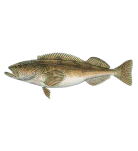
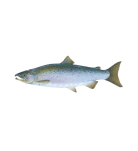
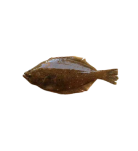
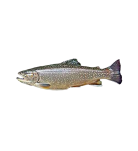
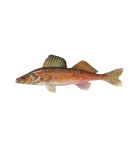
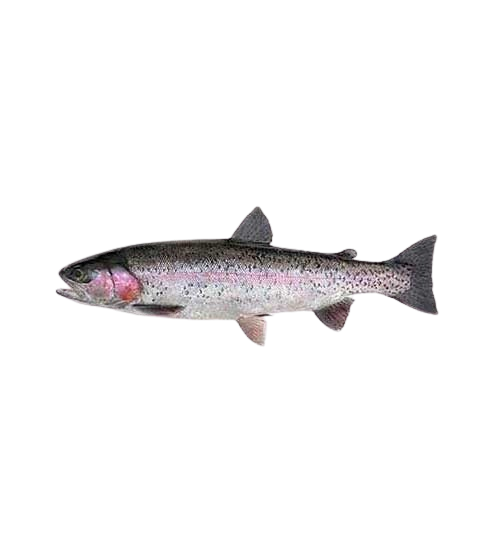
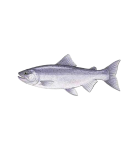
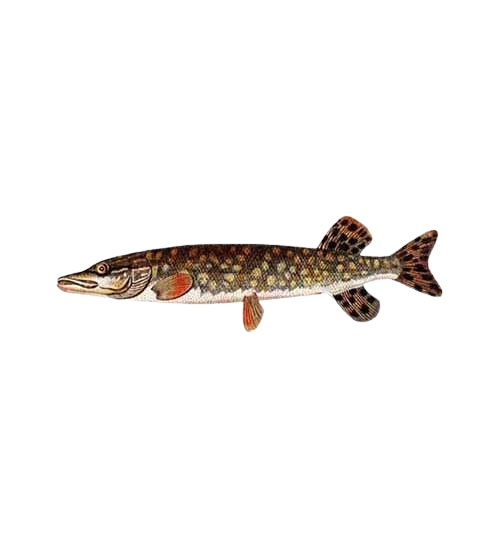
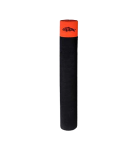
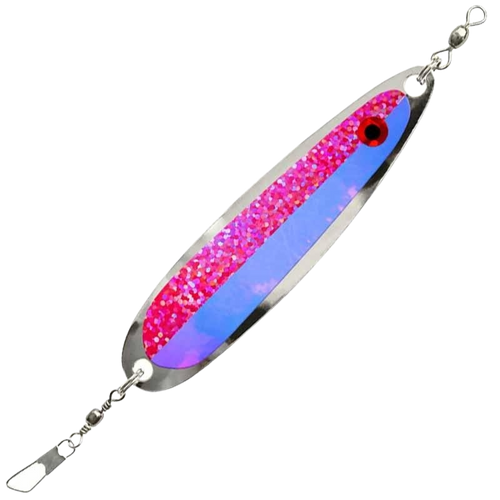
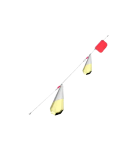
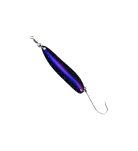
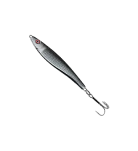
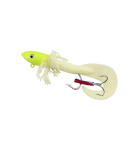
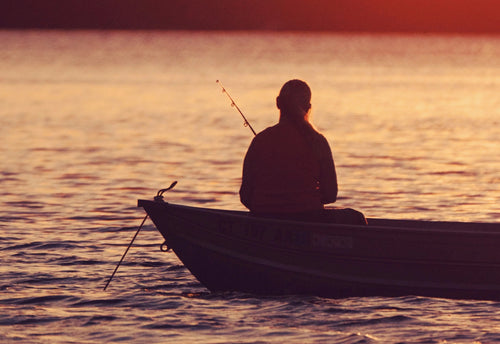
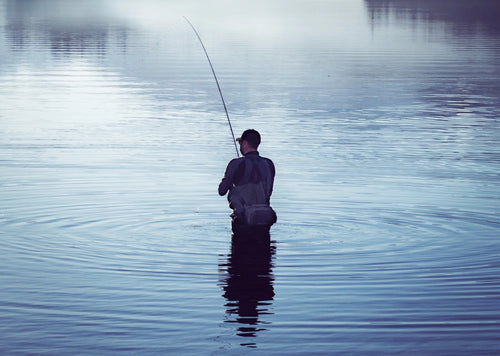
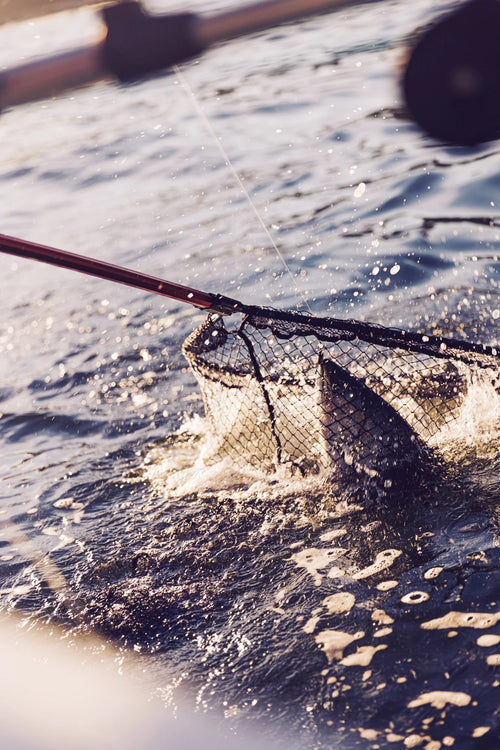
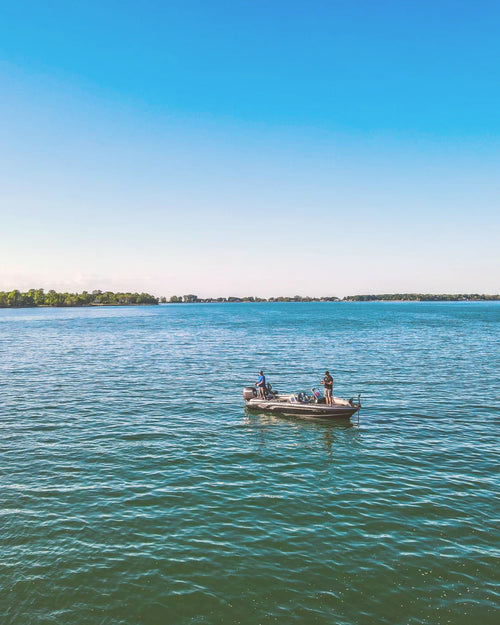
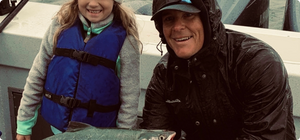
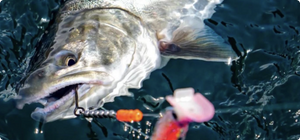
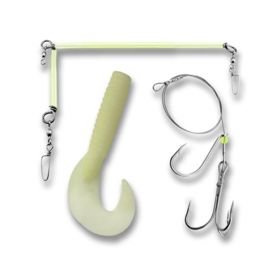
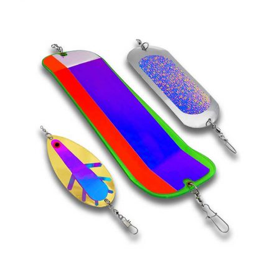
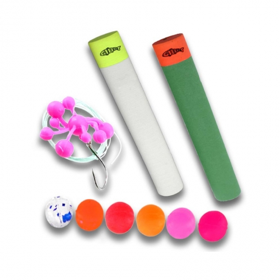
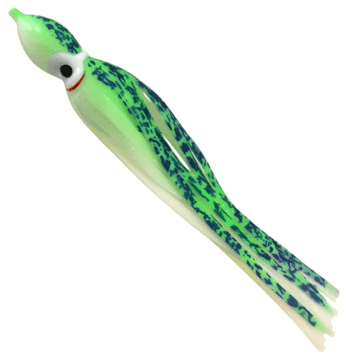
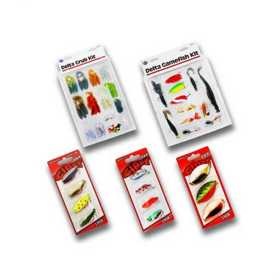
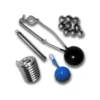
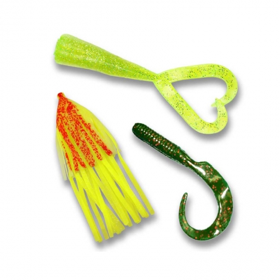
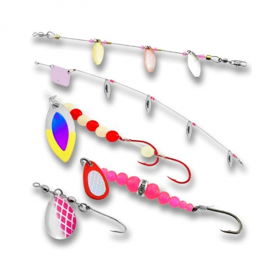
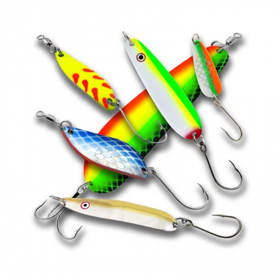
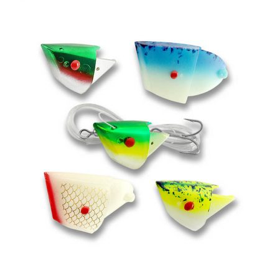
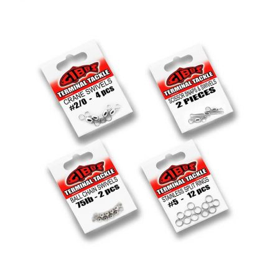
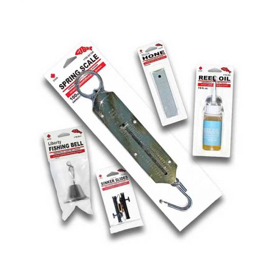
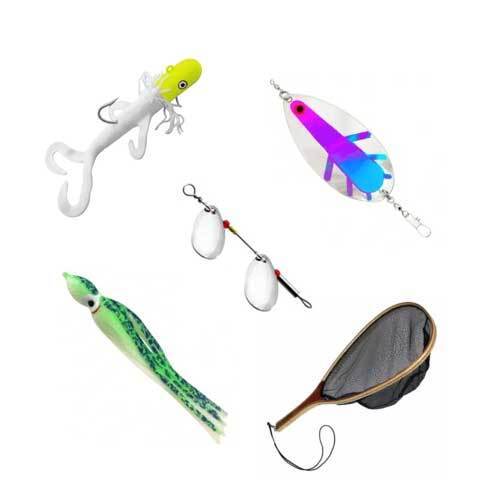
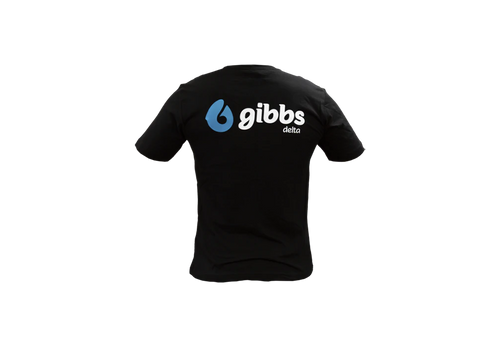
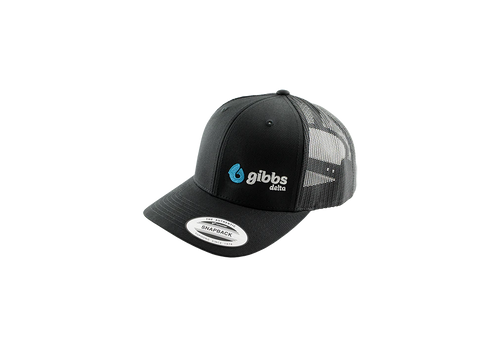
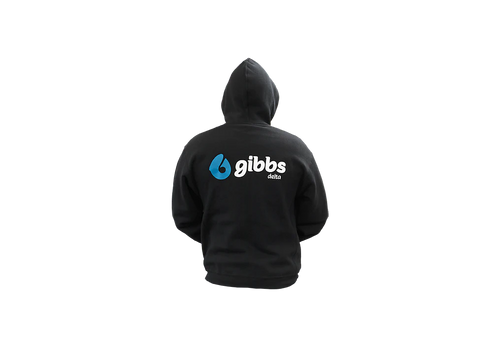
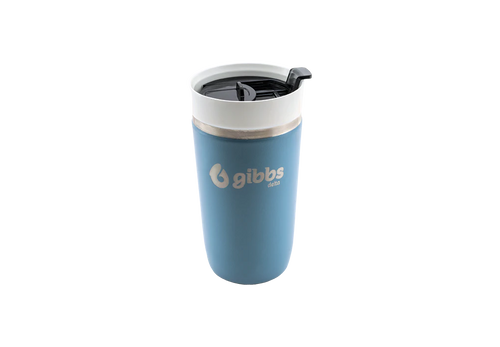





Leave a comment